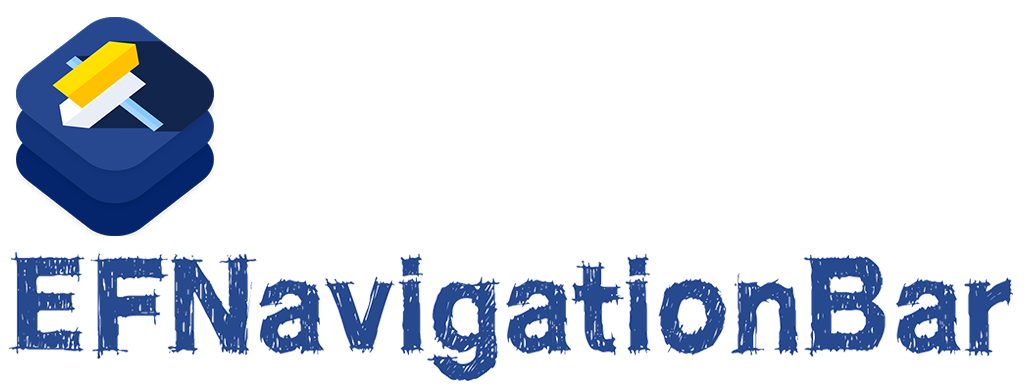An ordinary custom navigation bar.
| Gradation | Image | Q Zone | |
|---|---|---|---|
 |
 |
 |
 |
| Zhihu | Alipay | Transparent gradient | |
|---|---|---|---|
 |
 |
 |
 |
To run the example project, clone the repo, and run pod install from the Example directory first.
| Version | Needs |
|---|---|
| <5.0 | Xcode 10.0+ Swift 4.2+ iOS 8.0+ |
| 5.x | Xcode 10.2+ Swift 5.0+ iOS 9.3+ |
EFNavigationBar is available through CocoaPods. To install it, simply add the following line to your Podfile:
pod 'EFNavigationBar'The Swift Package Manager is a tool for automating the distribution of Swift code and is integrated into the Swift compiler.
Once you have your Swift package set up, adding EFNavigationBar as a dependency is as easy as adding it to the dependencies value of your Package.swift.
dependencies: [
.package(url: "https://github.com/EFPrefix/EFNavigationBar.git", .upToNextMinor(from: "5.5.1"))
]For more details, see the Example project:
// Part
navBarBarTintColor = .white
navBarBackgroundAlpha = alpha
navBarTintColor = UIColor(red: 0, green: 0.478431, blue: 1, alpha: 1.0)
navBarTitleColor = .black
statusBarStyle = .default
navBarShadowImageHidden = true
navBarTransition = .linear
// Global
EFNavigationBar.defaultStyle.backgroundColor = UIColor.white
EFNavigationBar.defaultStyle.titleColor = UIColor.black
EFNavigationBar.defaultStyle.statusBarStyle = UIStatusBarStyle.default- EFNavigationBar based on WRNavigationBar_swift;
- For Objective-C version, see WRNavigationBar.
EyreFree, [email protected]
EFNavigationBar is available under the MIT license. See the LICENSE file for more info.





